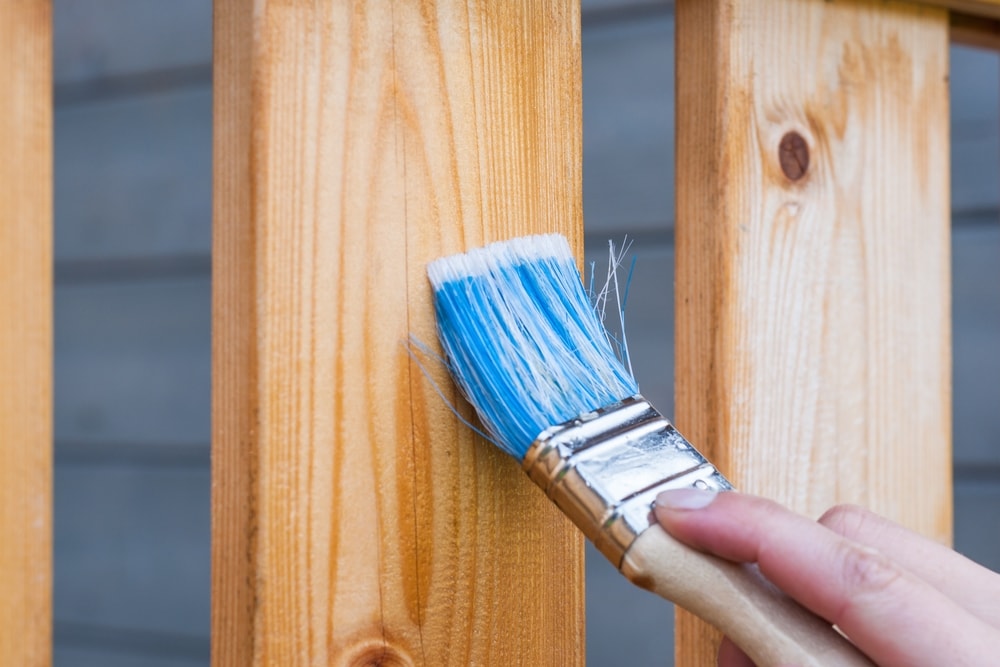One of the biggest complaints I hear about when I renovate a home is how the last contractor did such a poor job on the drywall that you could see all of the seams within a few months. This should not be. Drywall finishing is less of a construction task and more of an art form. The best part about this art form is that anyone can do this properly using a few simple techniques that ensure a perfectly smooth canvas to do whatever you want to to bring it to life.
Taping
Taping the joints of drywall is just as important as the joint compound that is used to fill and cover the joints. The easiest type of tape to use for covering drywall joints is fiberglass mesh tape. While the professionals tend to favor paper tape, Fiberglass tape is much easier to apply and does not require the use of drywall mud to put stick to the drywall.
The adhesive side of the tape simply peels off the roll and the tape is pushed onto the surface of the drywall to cover the gaps evenly on each side and cut off with scissors or a utility knife to the desired length. For inside corners, the fiberglass mesh tape can be applied by pushing the tape into the joint and running your finger down the length of the tape to create a perfect transition from the ceiling to the wall.

Outside Corners
Metal corner bead is the most durable and proven method of finishing corners of drywall. The corner bead should be nailed into place with a minimum of ¼ inch ring shank drywall nails on the edges of the corner bead. Snipping the ends at a 45 degree angle prevents the corner bead from flaring out when joint compound is applied and creates a much more professional look.
Joint Compound
In the case of joint compound, the first rule of thumb is to use a high density joint compound for the first and second coat over the drywall joints and screw holes. Durabond and Blue Rhino make some of the hardest setting joint compounds available with different dry times. Most people want a durabond 90 or 120 which means if it takes 90 minutes from the time the joint compound is mixed to become fully solid. This type of joint compound is workable for about 45 minutes before it cannot be used.
Less is more as a light coat of joint compound will be easy to work with and will require less sanding. This is especially true with the first few coats as sanding the heavier weight joint compounds can be extremely labor intensive.
After the first two coats have been sanded and are almost ready for primer, apply a layer of lightweight joint compound over the top. This is a great filler for any divots or scrape lines that can happen when the trowel runs across the joints. It is also great for a technique called feathering which means applying the joint compound to past the joint several inches to create the illusion of the wall being flat.
Texturing
Texturing the drywall is typically down with a light trowel coating of lightweight joint compound or a spray texture of joint compound and water. This gives the wall some dimension and is typical of most homes build from 1985 to present day.
Drywall work can be performed by anyone. It is not about how fast you finish it, but how good it looks when you are done.